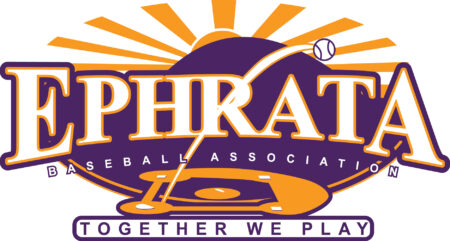Player Development
Camps, clinics, and tips for players ready to take their game to the next level.
We've found that the most effective tool for player development is practice at home or on their own. The extra work put in by the players and the reinforcement by supportive parents produces the best results. For those looking for resources, we hope you find this information helpful.
Summer Opportunities
Lancaster Barnstormers:
Youth Baseball Camps - Day
Shehan Baseball Camps at Millersville University
Additional Clinics / Lessons / Resources
Do It Yourself Tips, Drills, and Practices
"Finer Points of Baseball" Series:
- The Lost Art of Bunting
- Defensive Baseball Finer Details - Catching
- Defensive Baseball Finer Details - Pitcher
- Defensive Baseball Finer Details - First Base
- Defensive Baseball Finer Details - Second Base
- Defensive Baseball Finer Details - Shortstop
- Defensive Baseball Finer Details - Third Base
- Defensive Baseball Finer Details - Outfielders
Youtube Resources:
The Dangers of Playing "More"
Our youth sports culture is trending towards specialization and increased play than ever before. We've all heard about sore arms, leg injuries, and other injuries but the appeal of getting better and playing vs "higher level" competition still drives us to enroll our children in multiple leagues and year-round same sport clubs.
Adrian Shelley, Ephrata High School baseball coach says "playing MORE is simply that . . . it's more. It doesn't suggest benefit. In fact, we now have statistical evidence to suggest that MORE play is dangerous which gives us more research-based rationale for our 75% rule."
The EBA prefers that our players participate in other sports, however, for those who choose to focus primarily on baseball, our organization is committed to shutting our players down during the off months and shifting their focus away from baseball-specific instruction and drills in order to focus more on performance training and conditioning the entire body. Playing for multiple teams in multiple organizations encourages players to play even more, and can complicate the need to responsibly monitor the health and safety of the player. Unless a comprehensive monitoring plan is coordinated between those organizations, where everyone involved is actively auditing a player's health (specifically throwing-related arm pain), then we feel that excessive play is not only unnecessary, but a significant risk. This study substantiates our philosophy.
For more information, here is an article that refers to the study previously mentioned.
